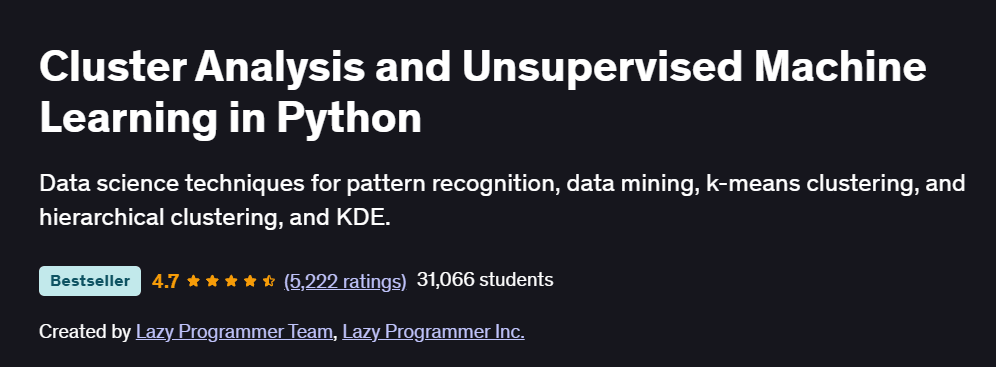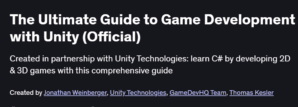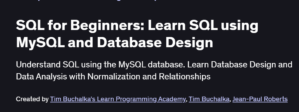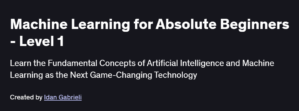What will you learn in Cluster Analysis and Unsupervised Machine Learning in Python Course
Master K-Means Clustering, its limitations, and extend it to soft (fuzzy) K-Means implementations.
Understand and implement Hierarchical Clustering methods, including dendrogram interpretation and linkage strategies (single, complete, Ward, UPGMA).
Learn Gaussian Mixture Models (GMMs) and the Expectation-Maximization (EM) algorithm—when GMMs align with K-Means and how they address its weaknesses.
Apply Kernel Density Estimation (KDE) for density estimation and pattern discovery.
Program Overview
Module: Fundamentals & K-Means Clustering
⏳ ~2 hours
Topics: Introduction to unsupervised learning, the mechanics of standard and soft K-Means, drawbacks of cluster separation, initialization strategies.
Hands‑on: Implement K-Means manually and with libraries, and visualize clusters using Matplotlib/seaborn.
Module: Hierarchical Clustering & Linkage Methods
⏳ ~1.5 hours
Topics: Agglomerative clustering algorithms, linkage types, dendrogram construction, and cluster extraction.
Hands‑on: Use SciPy to cluster sample datasets and generate dendrogram visualizations.
Module: Gaussian Mixture Models & EM
⏳ ~2 hours
Topics: Understand EM convergence, covariance constraints, density estimation, and how GMM relates to K-Means.
Hands‑on: Code EM-based clustering from scratch; compare results against K-Means clustering.
Module: Kernel Density Estimation & Evaluations
⏳ ~1 hour
Topics: Introduce KDE for unsupervised density estimation and model evaluation techniques.
Hands‑on: Apply KDE using SciPy; compare estimated density plots to real data distributions.
Get certificate
Job Outlook
Strongly relevant for roles like Data Analyst, Data Scientist, or ML Engineer, particularly where pattern detection from unlabeled data is required.
Cluster analysis and unsupervised learning skills are in demand in sectors such as marketing segmentation, anomaly detection, recommendation systems, and exploratory data science.
Acts as foundational know-how for advanced ML pipelines, making you better suited for roles involving feature extraction, data preprocessing, or research-oriented exploratory modeling.
Salary estimates: Analytics roles with machine learning capacities often pay ₹8L–20L/year in India and $90K–$140K/year in the U.S.
Specification: Cluster Analysis and Unsupervised Machine Learning in Python
|
FAQs
- No, supervised ML is not a requirement.
- Basic Python and NumPy knowledge is sufficient.
- Prior exposure to supervised ML may speed up understanding.
- The course builds intuition from scratch for clustering.
- It’s designed for beginners entering data science.
- Yes, clustering is widely used in customer segmentation.
- Methods like K-Means and GMM can group customers by behavior.
- You can preprocess raw data before applying algorithms.
- Visualizations help interpret patterns in business data.
- The skills are transferable to multiple industries.
- It builds strong intuition for handling unlabeled data.
- Covers clustering math and algorithm design.
- Prepares you for anomaly detection, feature extraction, and PCA.
- Bridges to advanced research or applied ML pipelines.
- Boosts readiness for AI fields requiring unsupervised methods.
- Python 3.x (latest stable version recommended).
- Libraries: NumPy, SciPy, Matplotlib, seaborn.
- Jupyter Notebook for running experiments.
- Optional: scikit-learn for comparisons.
- No heavy computing setup is required.
- Yes, clustering is a core data science skill.
- Helps in roles like Data Analyst, ML Engineer, Researcher.
- Employers value candidates who understand algorithm mechanics.
- Adds practical portfolio projects for resumes.
- Enhances your problem-solving in unlabeled datasets.





